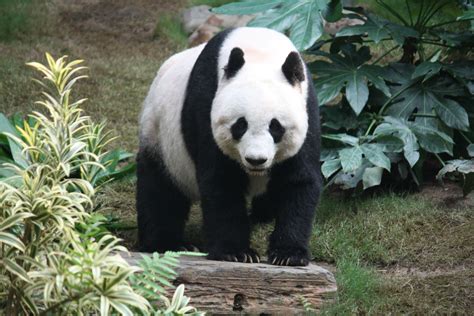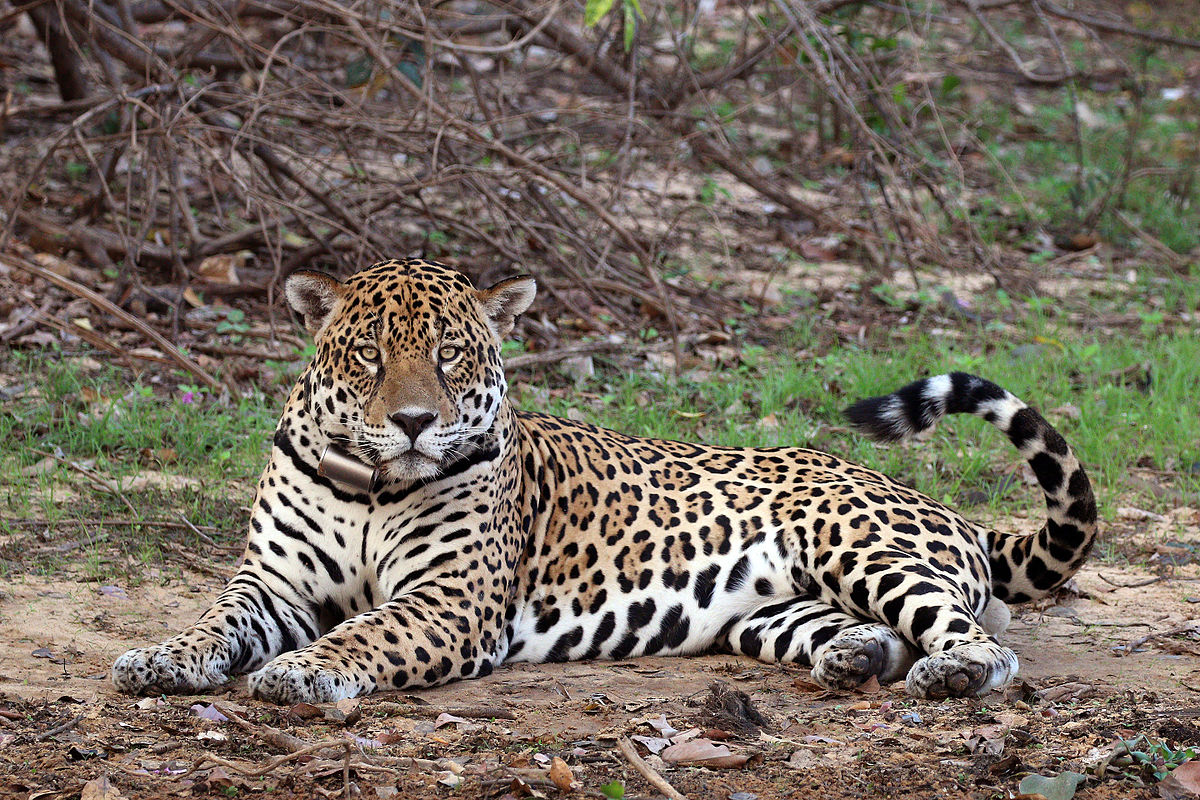Top endangered species
Top animales en peligro de extinción
As the human being has very Little respect for nature, there are lots of species in danger of disapearing. Here we will talk about some of them.
El ser humano no respeta la naturaleza, en consecuencia, hay muchas espacies en peligro de extinción. Ahora vamos a hablar de algunos de ellos.
1. Leopardo de las nieves
Snow Leopard
Though it’s called a leopard—and certainly resembles a frosted version of
those spotted habitués of more equatorial regions—the snow leopard is actually more
closely related to the tiger, at least per genetic analysis. Probably fewer than 6,500
remain in the wild, though due to the remote mountainous terrain preferred by the
species, and its elusive nature, data is hard to come by. The largest populations are in
China and Mongolia, with significant populations in India and Kyrgyzstan as well. Its
natural prey include blue sheep and ibex, but in some areas, it is heavily dependent on
domestic animals. The farmers who depend upon the animals shoot the “problem” leopards.
Poaching still constitutes a major threat to the species, as does overhunting of its
natural prey species.
Esta especie se ve amenazada por la invasión de su hábitat por el hombre: China, Pakistán, India, Nepal… Vivir en un entorno como la cordillera del Himalaya no ha evitado que solo existan menos de 5 mil ejemplares.
Este felino puede llegar a vivir hasta a 6000 m de altitud. Además, se comercia con su piel y en ocasiones se alimentan de animales de granja, por lo que no se duda enabatirles cuando esto ocurre.
Tiger
Four subspecies of tiger—the Caspian, Javan, Balinese, and South China tigers—have already gone extinct due to habitat loss and relentless hunting by humans. Five subspecies remain: the Amur, or Siberian, tiger, the Bengal tiger, the Indochinese tiger, the Malayan tiger, and the Sumatran tiger. All of these tigers live in parts of Asia, and all are hanging by a thread in the wild, with fewer than 3,000 remaining in total, and illegal hunting claiming more of them on a weekly basis.
Su población ha disminuido a más del 60% por la invasión humana de su hábitat y, de nuevo, la caza furtiva (también se le atribuyen poderes en la medicina oriental). El mayor felino del planeta, antes campaba a sus anchas desde Turquía a Rusia.
En la actualidad, ya han desaparecido las subespecies de Caspio, Java, sur de China (sólo vive en zoos) y Bali.
The IUCN’s best guess on the current population of Asian elephants, which
inhabit 13 countries, is around 40,000–50,000. That number may be far lower; some
regions inhabited by the lumbering pachyderms are inaccessible due to the terrain or to
political volatility. Over 50% of the population is concentrated in India. The
burgeoning human population there—and elsewhere in Asia—creates conflicts for space and
resources. And while the tusks of Asian elephants are much smaller than those of their
African counterparts, the Asian species is still poached for its ivory, meat, and
skin.
En peligro principalmente debido a la deforestación de las zonas que ocupan, y a su caza furtiva para obtener el preciado marfil de sus colmillos. Actualmente el comercio de marfil está prohibido, pero se sigue practicando en el mercado negro.
The mountain gorilla is primarily found in various regions all across Africa namely Uganda, Rwanda, and Virunga. They have thicker and longer fur, which makes them easily adaptable to cold environments. Aside from poaching, their population of 880 has decreased due to traps, kidnapping, loss of habitat, interaction with tourists, being killed for meat, and even lack of food.
El gorila de llanura, parece a salvo. Pero su compañero, el de montaña, podría desaparecer totalmente en 2025. En situación crítica, sólo se encuentran algunas poblaciones en los alrededores del río Congo: Ruanda, Uganda y Congo.
¿Las causas? La desaparición de su hábitat por las madereras y, sobre todo, una vez más, la caza furtiva. En el Parque Nacional Virunga, donde hay más ejemplares, se ha asesinado a más de 190 guardas forestales, lo que denota la gran lucha existente para su conservación.

5.Tortuga Baula Leatherback sea turtle
The leatherback sea turtle (Demochelys coriacea) is the earth’s biggest turtle and has the largest range of any species, swimming all over the globe from the tropics to the sub-polar regions. When it comes time to dig a nest and lay its eggs, it crawls out onto sandy sub-tropical beaches the world over. The leatherback is also critically endangered. According to the IUCN, in 1982 there were around 115,000 adult female leatherback turtles in the world; just 14 years later, there were only 20,000 to 30,000—and the population has continued to plummet
El gorila de llanura, parece a salvo. Pero su compañero, el de montaña, podría desaparecer totalmente en 2025. En situación crítica, sólo se encuentran algunas poblaciones en los alrededores del río Congo: Ruanda, Uganda y Congo.
¿Las causas? La desaparición de su hábitat por las madereras y, sobre todo, una vez más, la caza furtiva. En el Parque Nacional Virunga, donde hay más ejemplares, se ha asesinado a más de 190 guardas forestales, lo que denota la gran lucha existente para su conservación.

6.Oso polar Polar bear
The Arctic’s polar bears have become the iconic symbol of early victims of climate-induced habitat loss. Designated a threatened species for protection by the Endangered Species Act in the US, many polar bear populations will be vulnerable to extinction within the next century if warming trends in the Arctic continue at the current pace. WWF is supporting field research to better understand how climate change will affect polar bears and to develop adaptation strategies.
Es quizás el mayor icono de los efectos del cambio climático. Su hábitat lleva varias décadas viéndose seriamente amenazado por el derretimiento de los polos del Ártico, lo que provoca el aislamiento de la especie, más dificultad para conseguir alimento y unas distancias en ocasiones demasiado largas para cruzar a nado.
Según el Fondo Mundial para la Naturaleza (WWF, por sus siglas en inglés) la especie podría desaparecer de la Tierra el próximo siglo.
Though their
“aww factor” may verge on the cloying, it hasn’t been without effect. China, which is
home to the remaining wild population of fewer than 2,500 individuals, has since the
late 1980s instituted more stringent habitat protections and poaching has all but
ceased. Their status is still tenuous, though. Their range is fragmented and they are
still subject to disease, occasional predation, and starvation when large swathes of the
bamboo on which they feed completes its life cycle and diez.
Menos de 2.500 ejemplares en hábitat natural. Esta es la descorazonadora cifra que resume el presente y el futuro del oso panda. Esta especie, originaria del suroeste de China, es un símbolo de la lucha contra la deforestación y la caza ilegal, y solo recientemente el Gobierno chino ha accedido a diseñar un plan de acción para su cuidado a través del establecimiento de reservas protegidas.
8.Jaguar Jaguar
The jaguar, is a wild cat species and the only extant member of the genus Panthera native to the Americas. The jaguar's present range extends from Southwestern United States and Mexico across much of Central America and south to Paraguay and northern Argentina. Though there are single cats now living within the western United States, the species has largely been extirpated from the United States since the early 20th century. It is listed as Near Threatened on the IUCN Red List; and its numbers are declining. Threats include loss and fragmentation of hábitat.
Son dos las principales razones que están haciendo desaparecer al jaguar, y ambas están motivadas por la acción del ser humano. En primer lugar, los jaguares son cazados por su piel, un preciado trofeo por el que se paga muy bien. También es el enemigo de los ganaderos, que al expandir sus territorios acercan a sus animales al jaguar, cazador por naturaleza, y en muchas ocasiones defienden a su rebaño terminando con la vida de los potenciales depredadores.

9.Lobo gris mexicano Mexican wolf
The Mexican wolf holds the title of being the rarest and most genetically distinct subspecies of the gray wolf, which is found in North America. There are now 340 of them in over 49 research facilities all over the US and in Mexico. The decline was primarily due to the decreasing number of elks and deer, which they hunt for food.
La situación de esta especie de lobo es más que crítica. Hace cuarenta años, a mediados de la década de los 70 fue declarado especie en peligro de extinción. Hoy en día, pese a los esfuerzos por su conservación, ya ha desaparecido por completo en su hábitat natural. Los pocos ejemplares que quedan vivos están en cautividad. La causa de su desaparición ha sido principalmente la acción humana, que los ha ido eliminando para proteger su ganado.

The Javan rhinoceros is the most endangered of the world’s five rhinoceros species, with an estimated 40-60 animals remaining on the western tip of the Island of Java in Ujung Kulon National Park.





Comentarios
Publicar un comentario